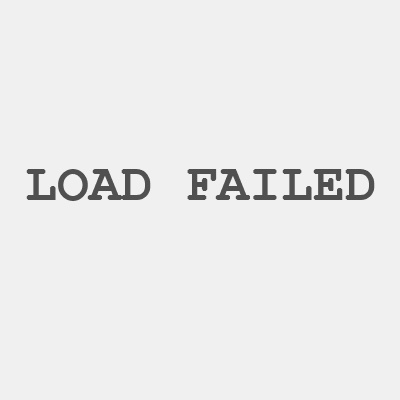The Internal And External Lubrication Of PVC LubricantPosted by Ella Wang on May 29th, 2019 Lubricant is an indispensable additive in PVC processing. For lubricants, the commonly referred function in industry's can be summarized in two points, they are: it reduces the friction pre-melting particles of polyvinyl chloride and the macromolecules in the polyvinyl chloride melt. It is actually the most typical summary of the two aspects of lubricant action (internal and external lubrication). Then, we will discuss and analyze the internal and external lubrication of PVC lubricant from the technical level for you. 1.Internal lubrication In terms of PVC, the internal lubrication of the lubricant and the plasticizer can be regarded as the same kind of material, playing the role of plasticizing or softening. The difference is that the polarity of the lubricant is lower and the carbon chain is longer. Therefore, compared with plasticizers, lubricants and PVC are less compatible. Lubricants are incompatibly (and moderately compatible) with polyvinyl chloride, so only a small number of lubricant molecules can pass through the chains of the polymer like plasticizers, weakening their mutual attraction. When the polymer is deformed, the chains can slip and rotate more easily without lowering the glass temperature of the polymer too much. 2.External lubrication External lubrication refers to the interface lubrication mechanism. The lubricant is attached on the surface of the molten resin or on the surface of the processing machine or mold, forming a layer of lubricant molecules. lubrication interface which is formed by the existence of molecular layer of lubricant, reduced the friction between the resin and the processing machinery as as result. The viscosity of the sliding interface film and its lubrication efficiency depend on the melting point and processing temperature of the lubricant. In general, lubricants with long molecular carbon chains play a better role of lubrication because they keep the two friction surfaces away from each other. 3.What will happen if PVC lubricant is not used well? "Small dosage, large effect" . This sentence is an appropriate description of PVC lubricant. The function of PVC lubricant is no less than stabilizer in the role of PVC processing. Generally, its use needs to follow strict principles, such as slippery balance inside and outside, right amount moderate etc. If the degree of significance of PVC lubricant is not enough, and we do not follow principles that should be observed, what will happen if PVC lubricant is not used well? A.Imbalance of internal and external lubrication. Too much external lubrication. The extrusion speed is fast, the material is easy to produce, and the plasticization is not good. Too much internal lubrication. There will be large extrusion and poor plasticization of materials. Poor initial lubrication will make the extrusion torque larger. Insufficient lubrication in the later stage will lead to insufficient lubrication in screw homogenization section, compression section and die section, violent shear of materials, which will affect the surface quality and internal performance of extruded products. More seriously, it even causes decomposition. B.Excess lubricant. C.Excess lubricant is not always better. Lubricant is incompatible with PVC resin. Too much lubricant will have a bad effect on PVC blending system. Lubrication of internal and external balance, is balance within a certain limit because the mixing system of lubricant and PVC has bad effect. In the actual production, there are many processing problems related to thermal stability and many defects of the products. The root cause may be the excessive amount of lubricant.
Like it? Share it!More by this author |



